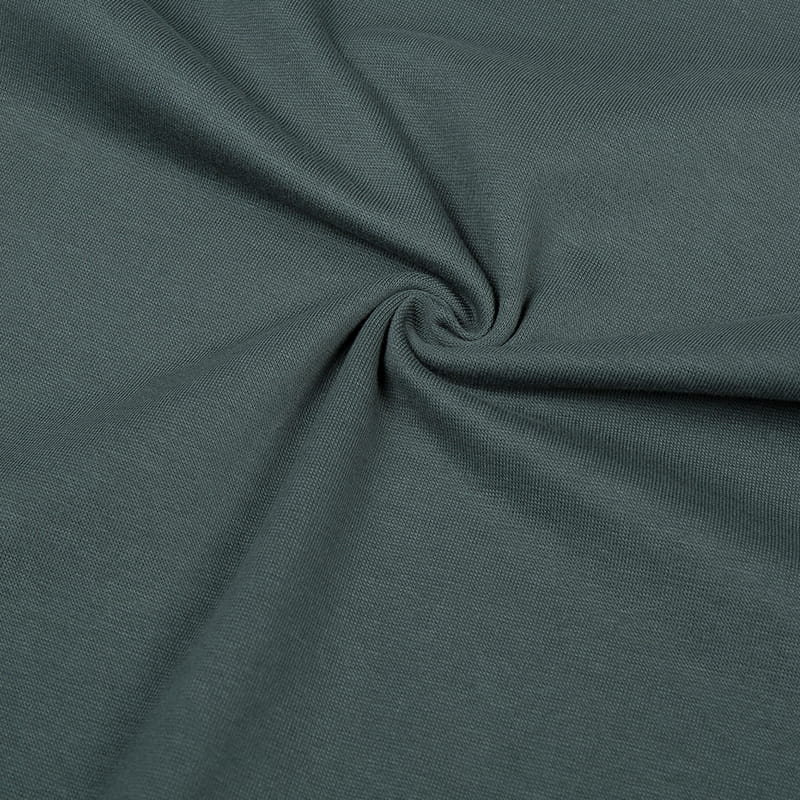
Maintaining the elasticity and shape of ribbed knitted fabric over time presents several challenges, particularly due to the fabric's unique structure and frequent use. Here are some key challenges:
1. Wear and Tear
Frequent use and abrasion can cause the fabric to lose its elasticity. Ribbed knitted fabric is often subject to stretching and pulling, which can lead to the gradual breakdown of the fibers and loss of the ribbed texture. Over time, this wear and tear can make the fabric less resilient and cause it to lose its shape.
2. Loss of Elasticity
Elastic fibers or yarns used in ribbed knitted fabrics, such as spandex or elastane, can degrade with repeated washing and exposure to heat. This degradation leads to loss of elasticity, reducing the fabric's ability to return to its original shape after stretching.
3. Deformation from Stretching
Continuous stretching, especially if the fabric is overstressed, can cause permanent deformation. This is particularly problematic in areas that experience high levels of stress, such as elbows or knees in garments. The ribbed pattern may become less defined, affecting both the aesthetic and functional properties of the fabric.
4. Improper Care
Incorrect washing and drying methods can contribute to the loss of elasticity and shape. High temperatures, harsh detergents, and excessive agitation can damage the fibers and affect the fabric’s structural integrity. Ribbed knitted fabric often requires gentle washing and low-temperature drying to maintain its elasticity.
5. Fiber Degradation
Natural fibers like cotton, when used in ribbed knitted fabrics, can lose their elasticity more quickly than synthetic fibers. Cotton tends to stretch out and lose shape over time, which is exacerbated when it is subjected to repeated washing and wearing.

6. Environmental Factors
Exposure to UV rays, humidity, and extreme temperatures can accelerate the breakdown of fibers and elastic components. For outdoor or sportswear, these environmental factors can significantly impact the longevity and performance of ribbed knitted fabrics.
7. Pilling
Pilling occurs when fibers break and form small balls on the fabric's surface. This can detract from the fabric's appearance and affect its texture and elasticity. Pilling is a common issue with ribbed knitted fabrics due to their texture and the nature of the yarns used.
8. Chemical Exposure
Exposure to certain chemicals, such as those in cleaning agents or sweat, can affect the elasticity and overall durability of ribbed knitted fabrics. Chemicals can weaken fibers and elastics, leading to a faster loss of shape and function.
9. Seams and Finishing
The construction and finishing techniques used in making ribbed knitted fabrics can impact their ability to maintain shape. Seams that are not properly reinforced or finished edges that are prone to stretching can affect the overall stability and durability of the fabric.
In summary, maintaining the elasticity and shape of ribbed knitted fabric involves addressing issues related to wear and tear, fiber degradation, environmental factors, and proper care. Ensuring the longevity of ribbed knitted fabrics requires careful handling, appropriate washing methods, and consideration of the materials used in the fabric's construction.


 English
English 中文简体
中文简体











